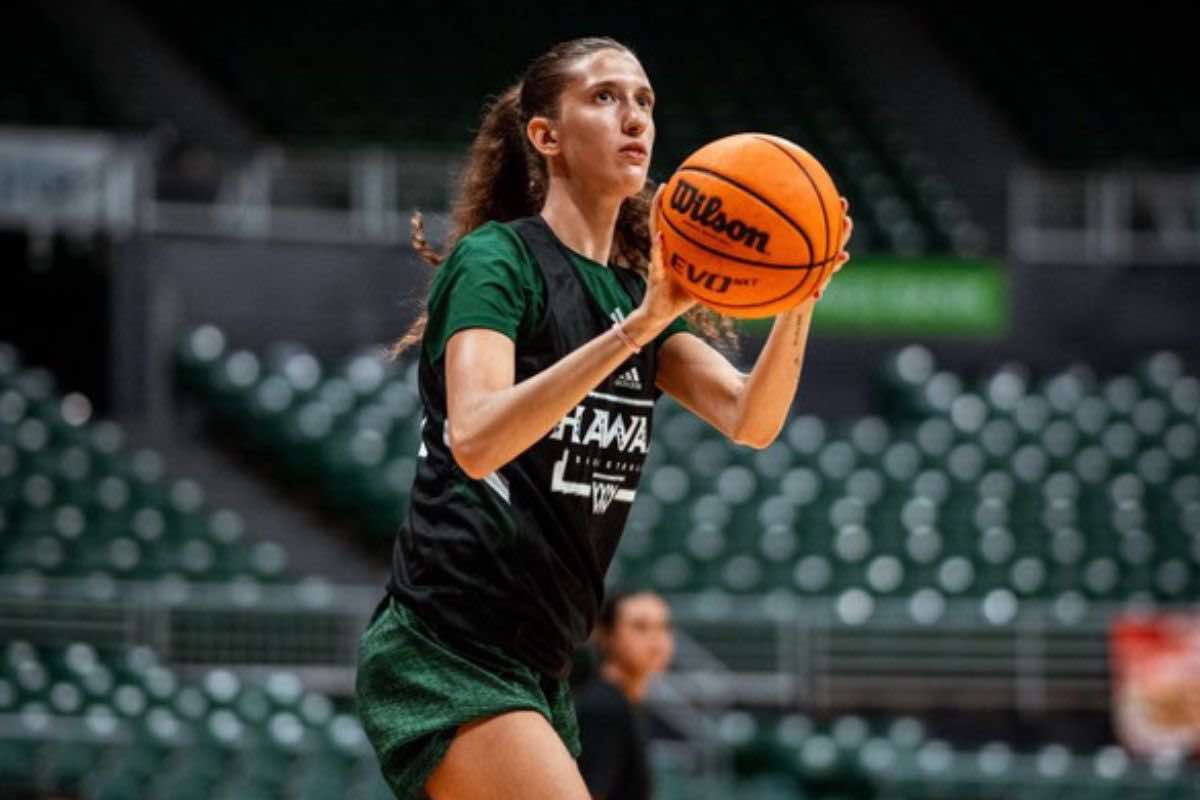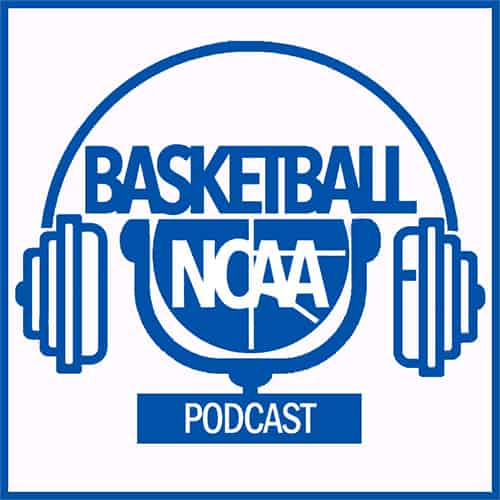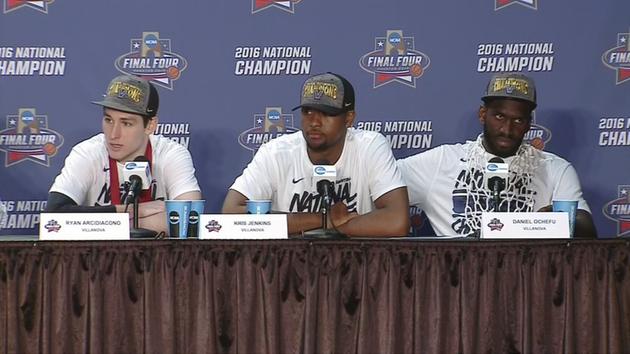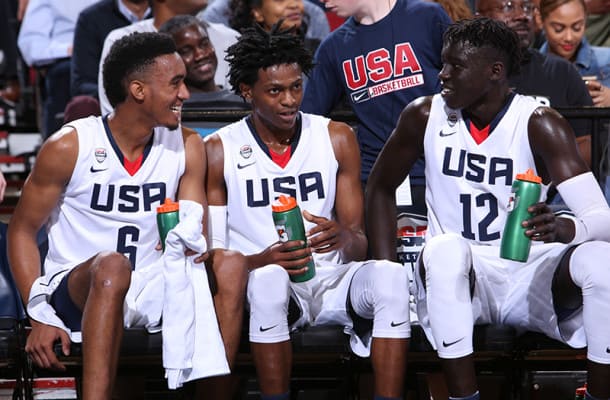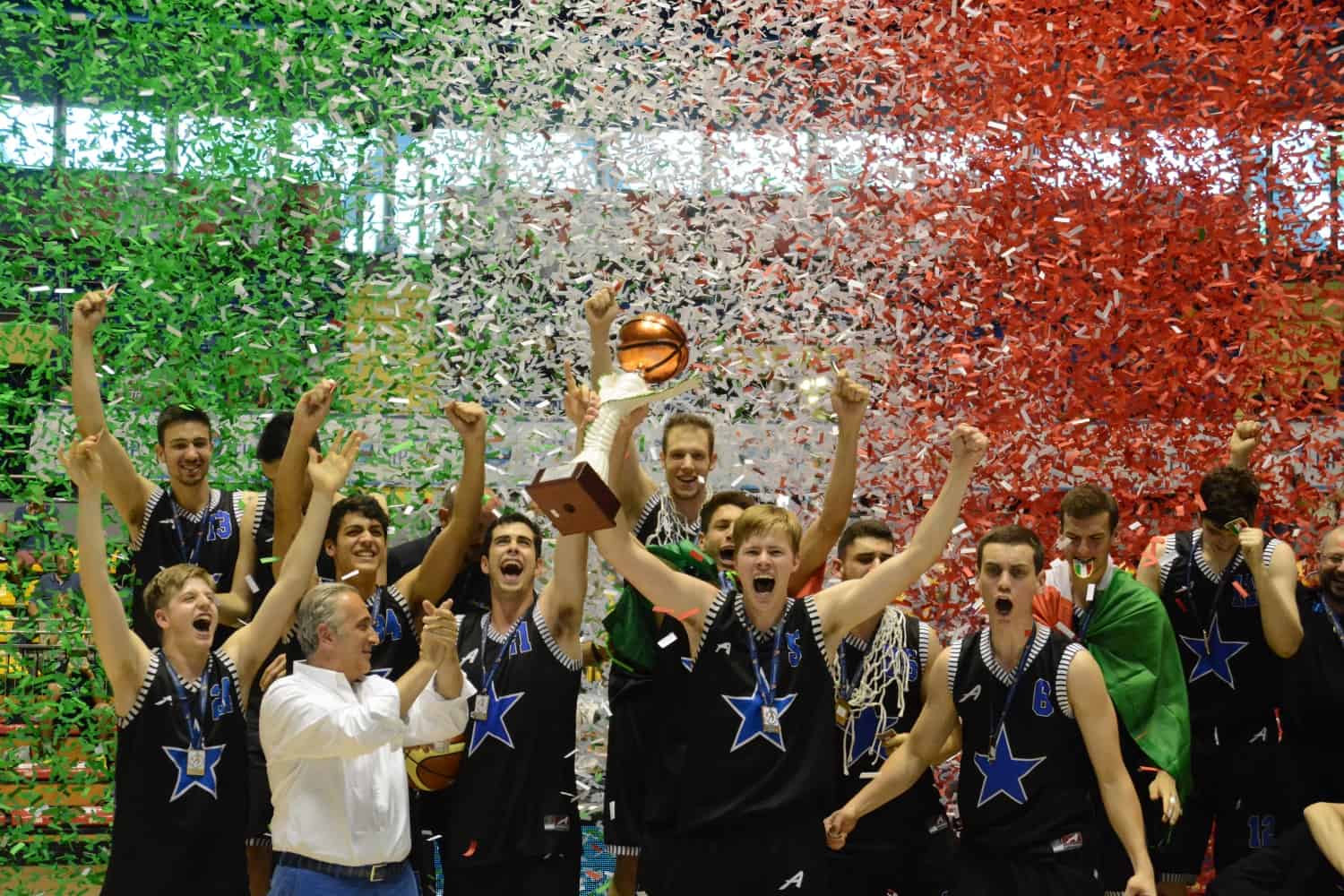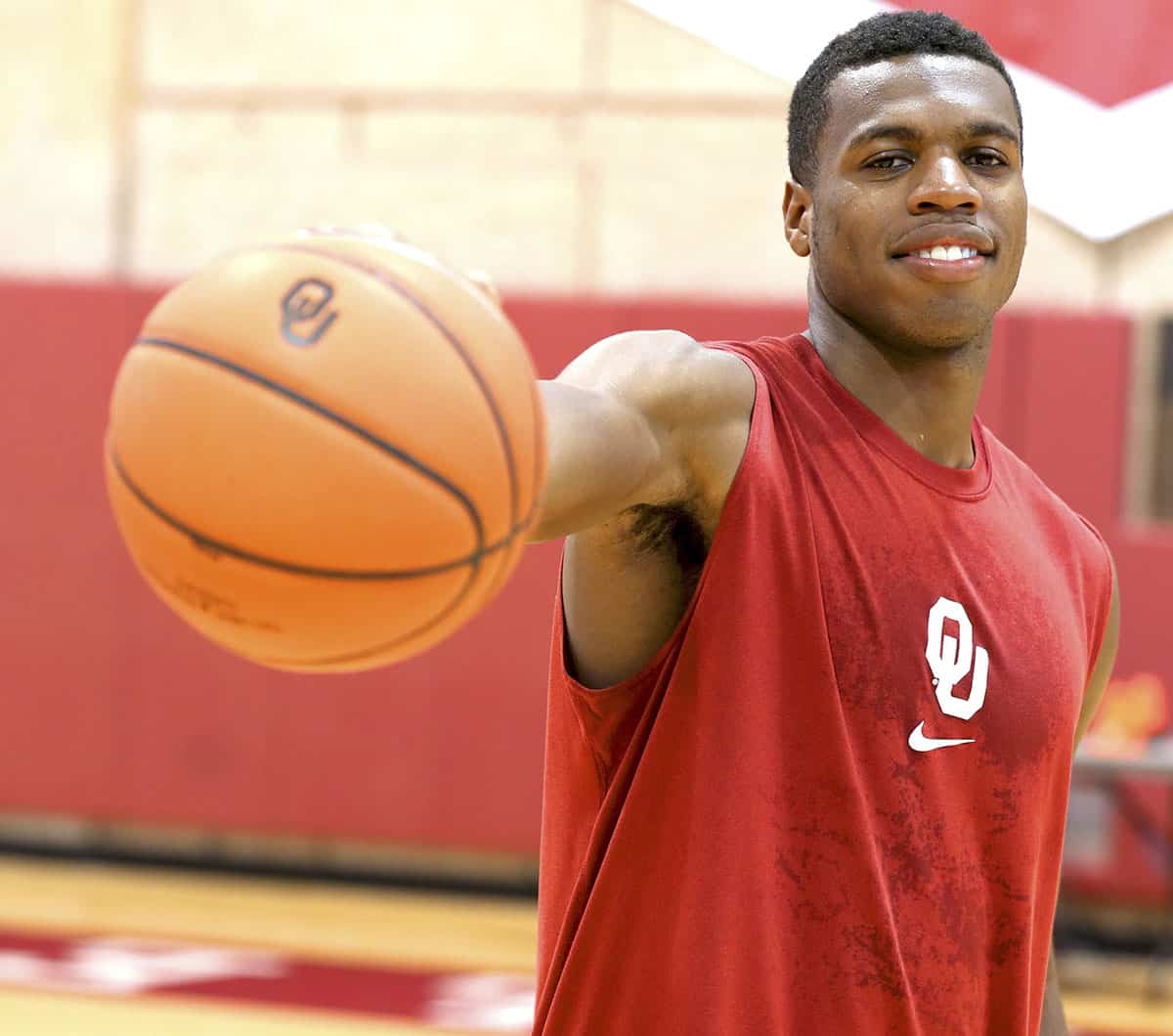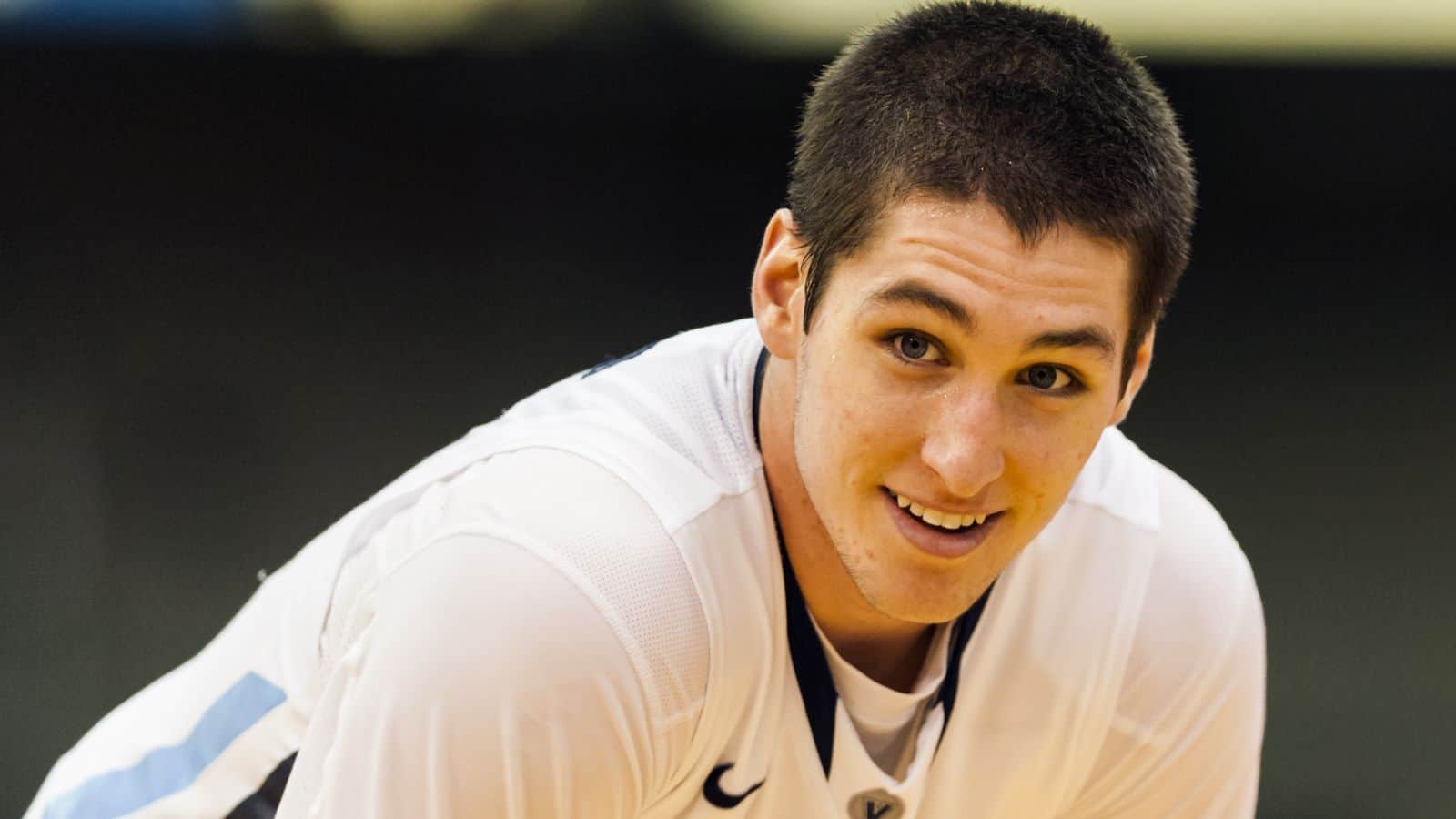Coming back from an injury, moving to the other side of the world, and trying a new experience. It hasn’t been an easy year for Fiamma Serra, who has had to deal with one of the most challenging moments in an athlete’s career — returning from knee surgery that sidelined her for nearly a year — while also facing one of life’s toughest decisions: whether to stay in Italy or seek a fresh start elsewhere.
That’s why the feeling of finding a new “home,” even if it’s 20,000 kilometers away, has been so meaningful for Serra, who told us about her basketball beginnings, her injury, and her first impressions of Hawaii.
You’re originally from Liguria, grew up as a player in Lombardy, and now you’re in Hawaii. How did your passion for basketball start, and how has your playing journey gone so far?
My basketball journey began when I was six. One of my elementary teachers had a sister who coached a mini-basket team. Since I was tall, she suggested my parents let me try it out. Once I started, I never stopped. I began in Liguria, at Audax San Terenzo, and played there until under-13. At 12, Costa Masnaga wanted me for their youth program. I decided to leave home because they had a strong development system for young players, and I really thrived there. I grew a lot over those years thanks to them.
About two years ago you had a serious knee injury that required surgery. What was that period like, and how hard was it to keep believing in your dream while you were sidelined?
It was a really tough time because it hit right at the peak of my growth—not only as a player but personally as well. I felt confident, ready; I was the under-19 captain and could join the national team coached by my Costa coach. I felt it was “my year,” and then the injury came in October. The physical part wasn’t the hardest — you get surgery, do rehab — that wasn’t scary. The real challenge was mental: going to the gym every day watching your teammates practice or games from the stands was emotionally draining. The comeback last September was even harder than I expected. Everyone warned me it would be tough mentally, but I didn’t really believe it. I thought I was fine. Yet in A2 games, every time I stepped on court, I’d freeze up, get anxious, and couldn’t play my game. In under-19 matches it was different — I felt more comfortable, maybe because I had more responsibility. But in A2, with the crowd, it was difficult.
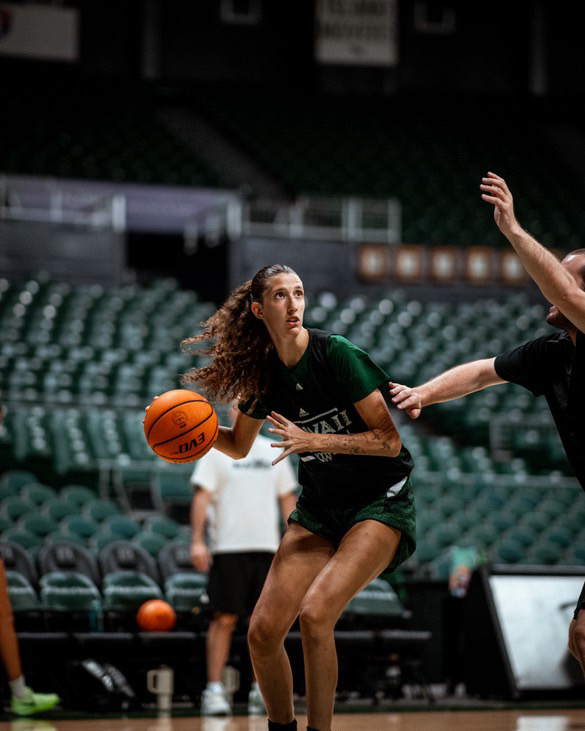
Was there anything positive during that time away from the court?
The good thing was having time to devote to the people I cared about. I had surgery just before Christmas, so I had two weeks at home with my family and friends in Liguria. Even in bad luck, there were blessings — so many people supported me, from teammates to coaches and especially the trainers. The best thing was realizing how much support you really have.
Let’s talk about the move to the U.S. — was the NCAA your idea or did colleges approach you?
I always dreamed about America. Ever since I learned about American sports, I wanted to go. Up until my injury I was totally convinced, then I doubted myself. I didn’t feel ready; I thought I’d need more time to recover because the physical level there is so demanding. I actually gave up on the idea for a while. Then around December–January, I started reaching out to colleges—it was quite late. I was one of the last to make my decision. I didn’t get direct offers, but Antonia Peresson (former Georgia Tech guard, now with Alpo Basket) helped me through her agency G&G, which sent videos, stats, and data to schools. Then I got some calls, and once the scholarship offers came in, I made my choice.
You belong to a new generation of Italian players drawn to the U.S. How helpful is it to share this experience with others?
Having national-team and Costa teammates here in America helps a lot. It’s such a different culture that sometimes I’d wonder if something was wrong on my end, so I’d reach out to compare notes. We all talk, share advice, and it’s reassuring to know others are going through the same things.
Which schools contacted you, and what made you choose Hawaii—besides the ocean?
During recruitment, many schools reached out — both high majors and mid majors — though not all offered scholarships. I had five offers total: two from New Mexico, one from Texas, one from Virginia, and then Hawaii. I chose Hawaii because, from the first call, it felt like home. I’ve been living away from family for seven years already, so being far isn’t new — but moving to America is a whole different level. I wanted a place focused on development, not a roster full of five star players where it’d be hard to play. Hawaii seemed like a balanced team where I could start small and grow steadily. Plus, the family atmosphere mattered most — there’s only one player actually from Hawaii, so everyone’s far from home. That creates a strong bond. Other schools didn’t give me that same vibe. Of course, the setting helps — this is also a life experience, not just basketball. Might as well do it in a beautiful place.
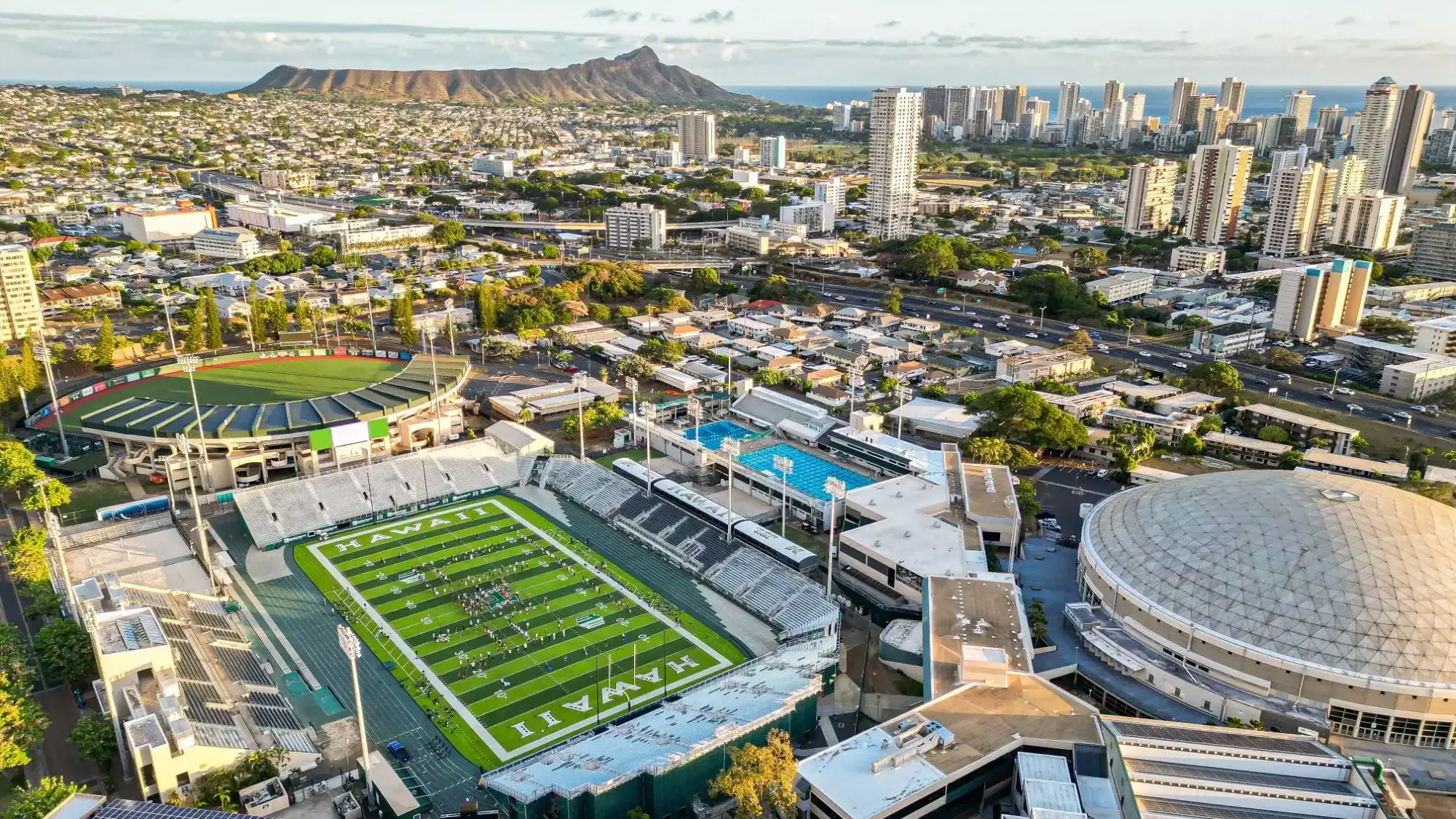
What major did you choose?
I’m majoring in psychology. I’d have chosen it even in Italy — it genuinely interests me. I like listening to people and giving advice. My friends often come to me because they know I can help them see things differently. I love the idea of helping others feel lighter.
Before Hawaii, let’s take a step back — tell us about Costa Masnaga’s great season, even though it ended on a bittersweet note.
It was a positive year overall. It was a brand-new team, and we achieved great results both in the Cup and league. We just lacked the final spark. Personally, the comeback was tough — I had more space in under-19 but struggled in A2 because others were ahead of me in rotation. At first, every time I stepped on court, I’d freeze, get emotional. It wasn’t easy for the coaches either. But there was one game, against San Giovanni Valdarno, where we were short-handed and I played well for ten minutes — that made me happy. When I was relaxed, I could play.
Did the NCAA live up to your expectations once you got there?
Honestly, I didn’t have a clear idea of the NCAA itself. I followed more NBA and WNBA. My idea was based on the American “vibes” — their style and energy, which is so different from mine. I’m calm, quiet; even when I do something big, I don’t show much emotion. Here everyone’s loud and energetic. I enjoy it, but I still have to adapt.
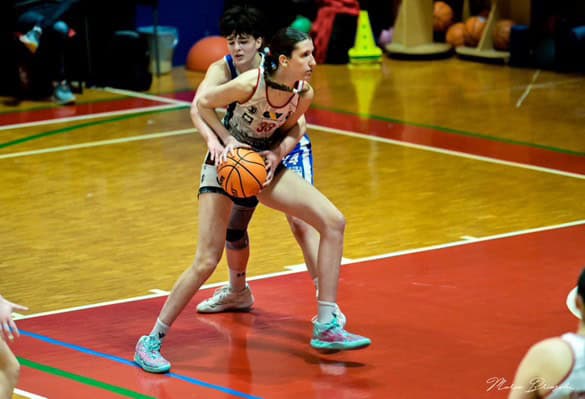
Let’s talk NIL — the chance for college athletes to earn money, something that doesn’t exist in Italy. How do you think it affects recruiting?
I really hope NIL money isn’t the main reason girls come to America. That would be wrong. Of course, it’s great to be paid for something you love, but this decision should be about the experience itself — it gives you so much. The financial part should be the last thing on your mind.
What kind of player are you, and what do you hope to improve in America?
I’ve always been a team-oriented player — I play more for others than for myself. I love setting good screens or assists. But I know I need to be more aggressive, take more initiative, drive to the basket more. Physically, I want to grow stronger and add muscle too.
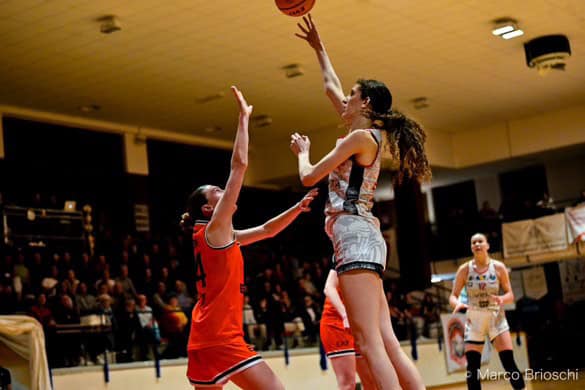
Women’s basketball in America is booming, and you’ll be playing on ESPN next year. How does that feel?
Right now, I try not to think about ESPN! I’ve already seen the arena — it’s big, full of people — and that still affects me. I’m not yet mature enough to block out the crowd completely, but I hope to improve mentally too.
Let’s imagine it’s August 2026 — what would make you happy to tell us in that next interview?
I don’t know exactly! Hopefully, I’ll have gained a few kilos! But honestly, I just want to live this experience fully — whatever happens, happens.
